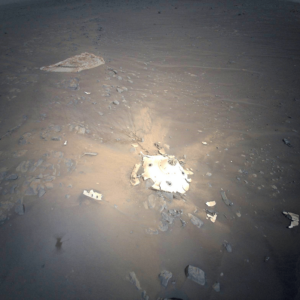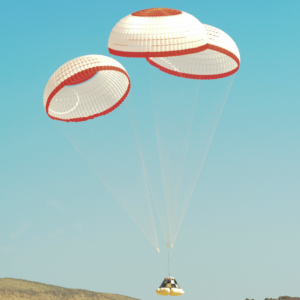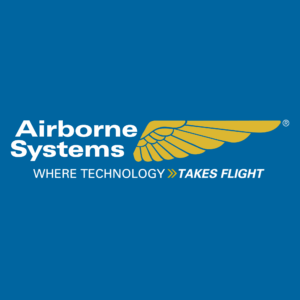Since the early days of the U.S. space program and the development of the recovery system for the Discovery XIII reentry capsule (the first man made item ever recovered from orbit), Airborne Systems has been at the forefront of Entry, Descent & Landing System (EDL) development for space and high altitude applications. Since the 1960’s, Airborne Systems has designed and developed EDL systems for a multitude of crewed and uncrewed space applications. Today, Airborne Systems is leading the way with the design and development of the EDL systems needed for America’s new fleet of human-rated spacecraft being developed to replace the Space Shuttle (Orion, CST-100, Dragon, New Shepard).
The Airborne Systems Space Systems business unit is dedicated to suppporting the emerging commercial space industry and is the world leader in the development of EDL systems for high altitude and space flight applications; both crewed and uncrewed, terrestrial and interplanetary.






